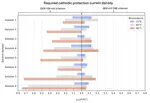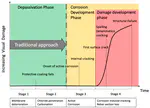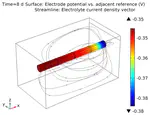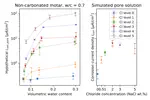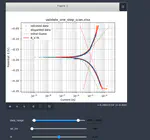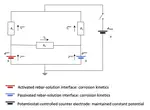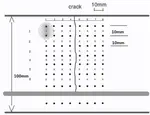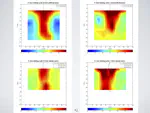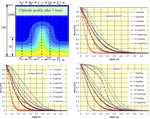Research Focus
The deterioration of concrete and metallic structures presents a significant challenge for global infrastructure. Climate change is expected to cause more extreme events, and the increasing use of low-carbon sustainable materials also introduces difficulties in applying existing standards. My research addresses these issues by developing integrated computational modelling and innovative field-sensing technologies to accurately predict deterioration processes.
My current work focuses on highly aggressive environments—such as potash mining, which presents unique thermal and chemical challenges, particularly in Saskatchewan. I study electrochemical processes of metals in solutions and porous media relevant to mining, with emphasis on corrosion mitigation, material selection, and numerical modelling.
Ultimately, my work aims to extend the service life of critical infrastructures and guide the implementation of adaptive, proactive maintenance strategies that align with evolving sustainability standards.
- Corrosion and Species Transport in Porous Medium
- Numerical modelling and Engineering Software
- Durability of Concrete Structures
- Non-destructive Testing and Sensing
Ph.D. Civil Engineering, 2023
University of Saskatchewan
M.Sc. Civil Engineering, 2014
University of Saskatchewan
B.Eng. Material Science and Engineering, 2008
Chongqing University
Portfolio
Featured Publications
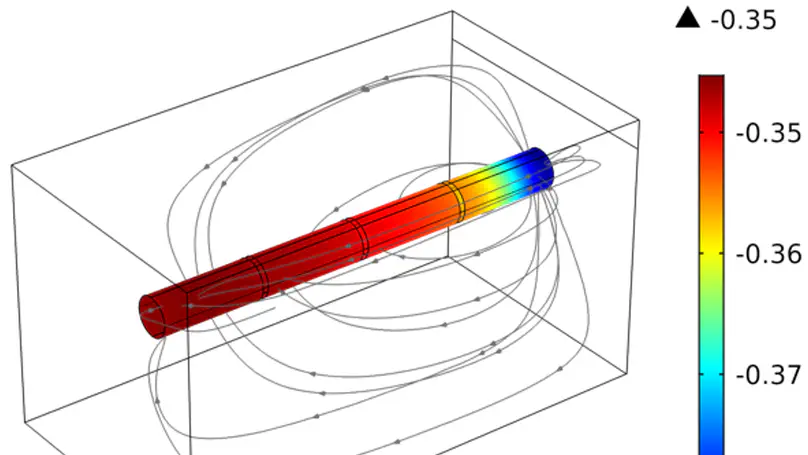
This paper introduces a mechanistic corrosion model that simulates rebar corrosion in cracked concrete under complex, non-uniform environmental conditions. Leveraging advanced numerical modeling and experimental validation, the study analyzes the corrosion mechanisms, which reveals that self-healing is the key differentiator between the behavior of thin versus wide cracks. By isolating individual mechanisms, this work not only resolves a longstanding experimental debate but also establishes a method to determine the “critical crack width” threshold, beyond which reinforcement corrosion becomes a significant concern.

This paper introduces Rational-RC, an open-source Python package designed to model the life-cycle deterioration of reinforced concrete (RC) structures using a probabilistic, modular framework. It integrates key deterioration mechanisms—such as chloride ingress, carbonation, corrosion, and membrane degradation—within a unified reliability-based approach. The tool supports calibration with site-specific field data and produces actionable predictions that support condition-based maintenance and infrastructure management.
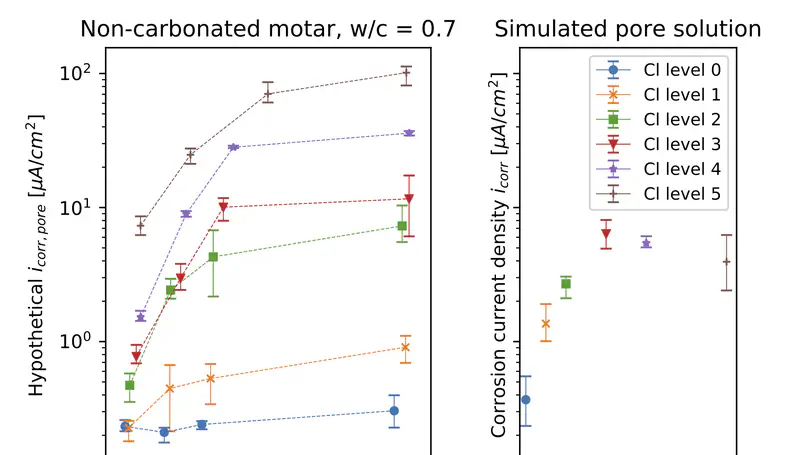
This research explores the combined effects of chloride ions, carbonation, and relative humidity on rebar corrosion in mortar. It reveals how these factors influence the volumetric water content and resistivity of mortar, resulting in complex corrosion behavior. The study emphasizes the importance of considering these interactions for accurate corrosion prediction and enhanced durability of reinforced concrete structures.
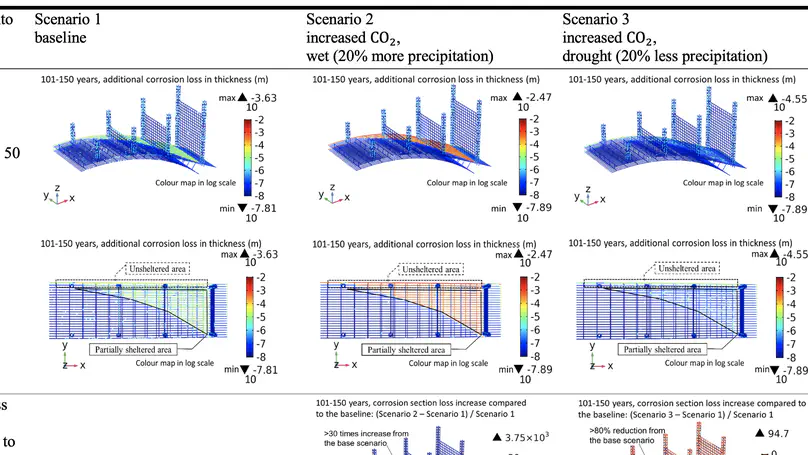
This study used a 3-D transport model to analyze corrosion in an old arch bridge’s reinforcement under carbonation and chloride attack, factoring in realistic microclimates. Field data on oxygen, moisture, chloride, and carbonation levels informed the analysis. Findings show varying corrosion rates due to environmental factors, highlighting the need for diverse maintenance strategies according to climate scenarios.
Publications
Tools

This webapp converts electrode potential readings across different references and temperatures. It supports SHE, SCE, CSE, and Ag/AgCl electrodes, enabling users to input values, choose references, and set temperatures for precise conversions. It accounts for thermal effects and includes a visualization tool for easy result interpretation.
Features: + Commonly used reference electrodes.
- Thermal and isothermal temperature conversion options.
- Dynamic visualization for graphical representation of conversions.
- Open-source code for examination
Contact
I provide consulting services in corrosion science, material performance evaluation, and infrastructure durability—particularly for concrete structures, metallic structures in potash and mining environments.
Use the form below to reach out for service inquiries, collaboration opportunities, or a free initial consultation. I typically respond within 1–2 business days.


